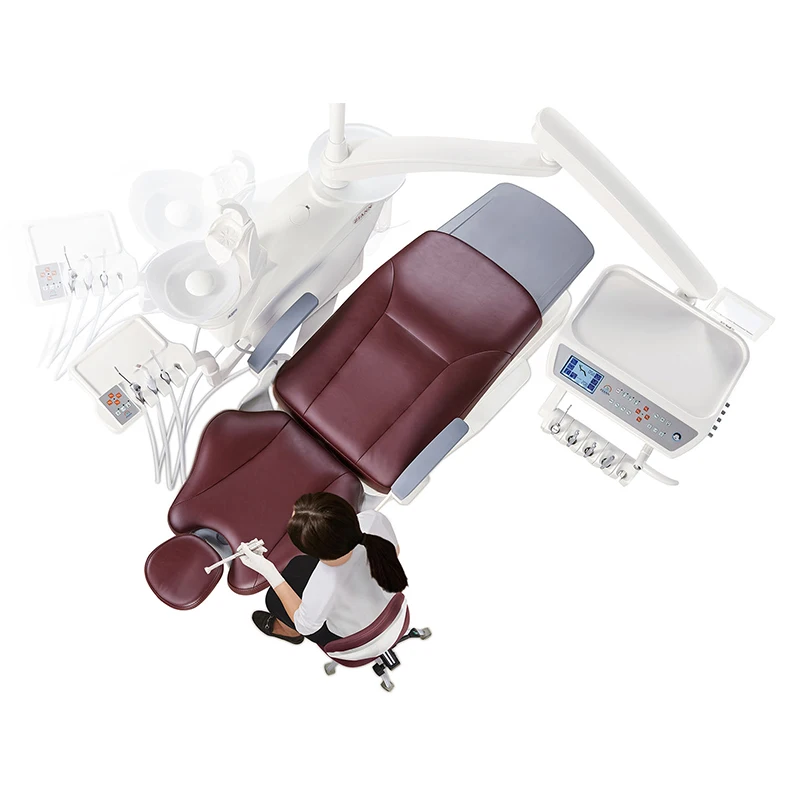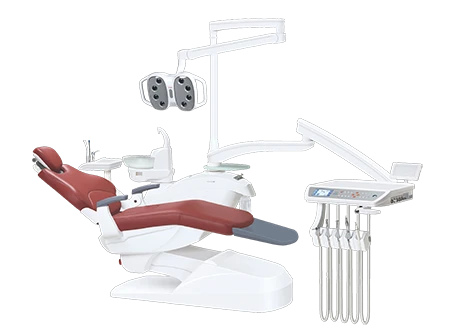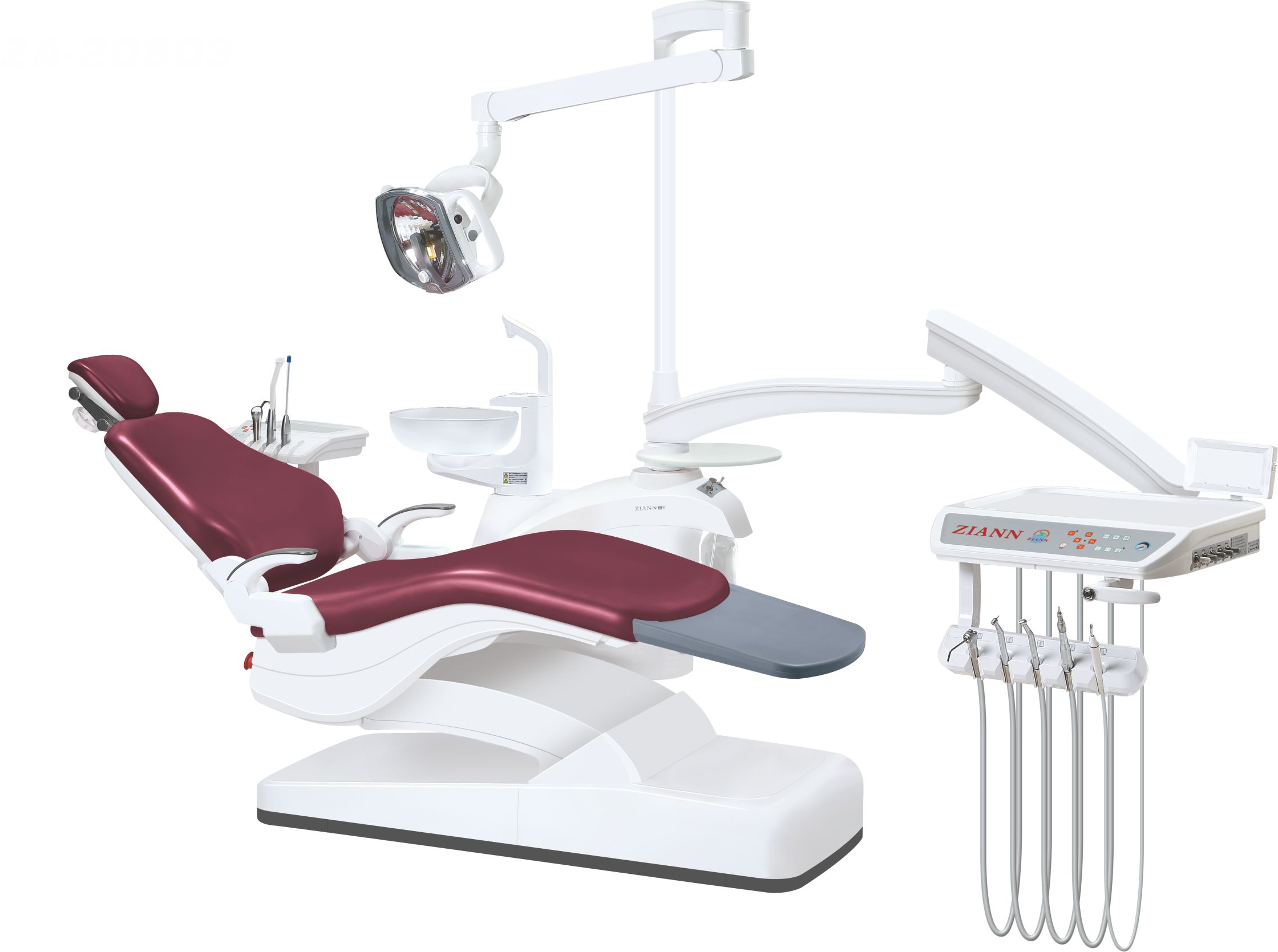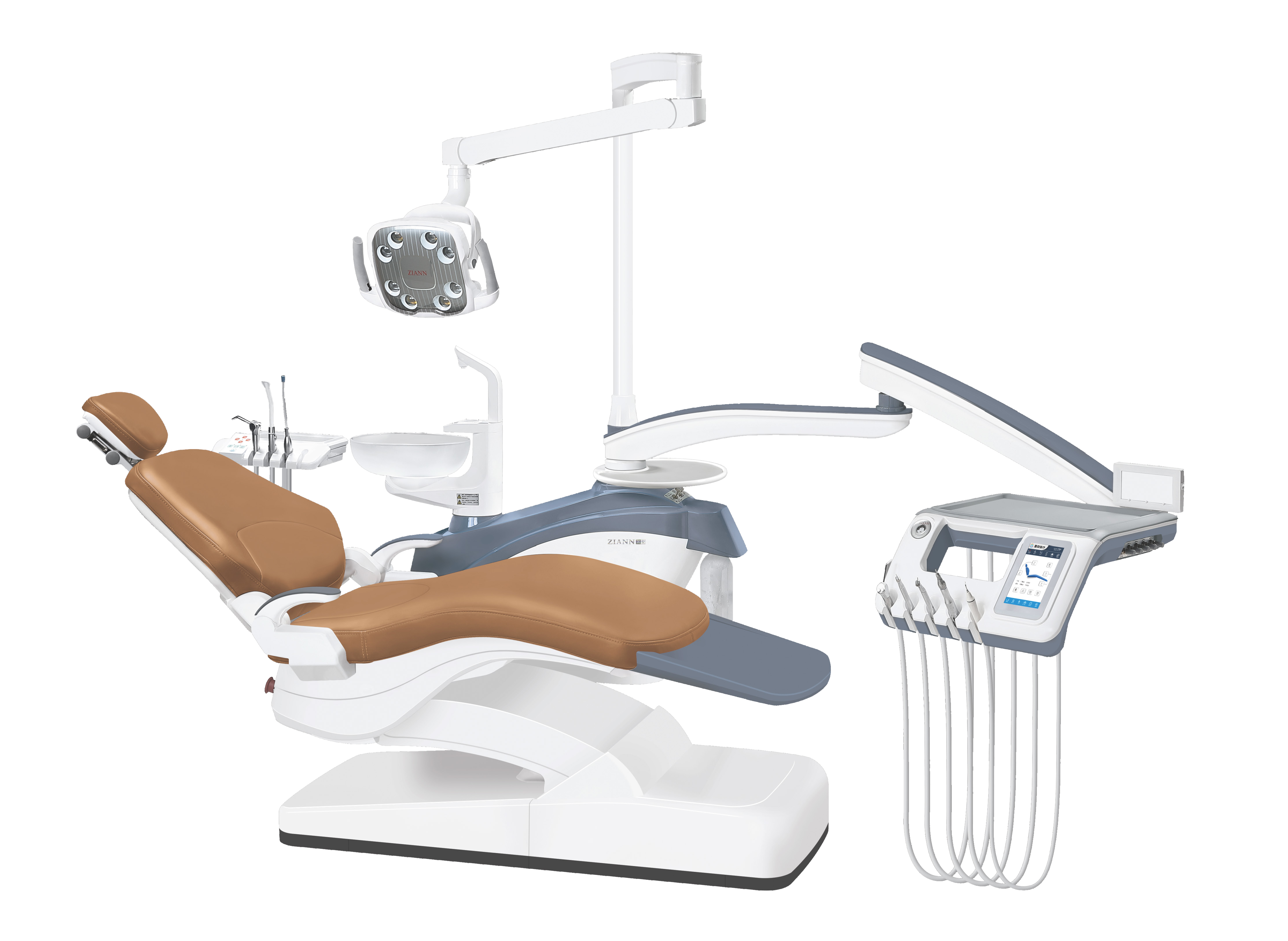Dental units are integral components of any dental practice, facilitating a wide range of procedures essential for oral health care. Understanding the functionality, components, and features of dental units is crucial for both dental professionals and patients alike.
What is a Dental Unit?
A dental unit is a sophisticated piece of equipment used by dental professionals to perform various procedures, including examinations, cleanings, surgeries, and other treatments.
It serves as a centralized hub where dental instruments, suction devices, water sources, and other accessories are integrated for efficient workflow.

Components of a Dental Unit
Chair: The central component where patients sit during procedures.
Delivery System: Houses handpieces, air-water syringes, and other instruments necessary for dental procedures.
Assistant's Instrumentation: Includes suction devices, saliva ejectors, and other instruments necessary for assisting the dentist during procedures.
Operator's Console: Controls various functions of the dental unit, such as chair positioning, instrument operation, and lighting.
Water and Air Supply: Provides essential utilities for dental procedures, including water for irrigation and air for instrument operation.
Waste Management System: Ensures proper disposal of biological waste generated during dental procedures, maintaining hygiene standards.
Types of Dental Units
Traditional Dental Units: Feature separate delivery systems for each operatory, typically with limited mobility.
Mobile Dental Units: Portable units designed for use in remote locations or temporary setups, often used in outreach programs or emergencies.
Integrated Dental Units: Compact units that combine all necessary components into a single, space-saving design, suitable for smaller practices or specialized dental clinics.
Key Features and Technologies of Modern Dental Design
Ergonomics: Modern dental units prioritize ergonomic design to enhance comfort for both patients and practitioners, reducing strain during procedures.
Touchscreen Controls: Operator's consoles often feature touchscreen interfaces for intuitive operation and easy access to settings.
LED Lighting: Advanced lighting systems provide bright, adjustable illumination for improved visibility during procedures, reducing eye strain.
Integrated Imaging: Some dental units incorporate intraoral cameras or digital radiography systems for real-time imaging and diagnostics.
Infection Control Measures: Dental units are equipped with features such as autoclavable surfaces and disposable barriers to prevent cross-contamination and maintain asepsis.
Chairside Multimedia: Integrated displays or multimedia systems entertain and educate patients during procedures, enhancing their overall experience.
Maintenance and Safety Considerations
Regular Maintenance: Dental units require routine maintenance to ensure optimal performance and longevity. This includes cleaning, lubrication, and periodic inspections.
Sterilization Protocols: Strict sterilization protocols must be followed to prevent the spread of infections and maintain a safe environment for patients and staff.
Electrical Safety: Proper grounding and electrical safety measures are essential to prevent electrical hazards and ensure patient safety.
Compliance with Regulations: Dental units must comply with regulatory standards and guidelines set forth by governing bodies to ensure quality, safety, and efficacy.
Advancements in Dental Unit Technology
Digital Integration: Integration with digital technologies such as electronic health records (EHRs) and practice management software streamlines administrative tasks and enhances efficiency.
Tele-dentistry Capabilities: Some modern dental units support tele-dentistry functionalities, allowing for remote consultations and collaborations with specialists.
Artificial Intelligence (AI): AI-powered features, such as predictive maintenance and treatment planning algorithms, are increasingly being incorporated into dental units to optimize workflow and decision-making.
Conclusion
Dental units play a pivotal role in modern dentistry, enabling dental professionals to deliver high-quality care efficiently and comfortably. By understanding the components, features, and maintenance requirements of dental units, both practitioners and patients can appreciate their importance in maintaining oral health and overall well-being. With ongoing advancements in technology, dental units continue to evolve, promising even greater efficiency, safety, and innovation in the field of dentistry.






